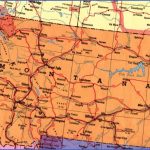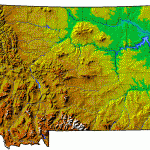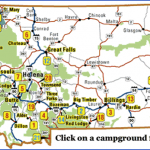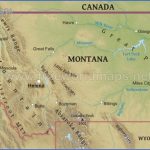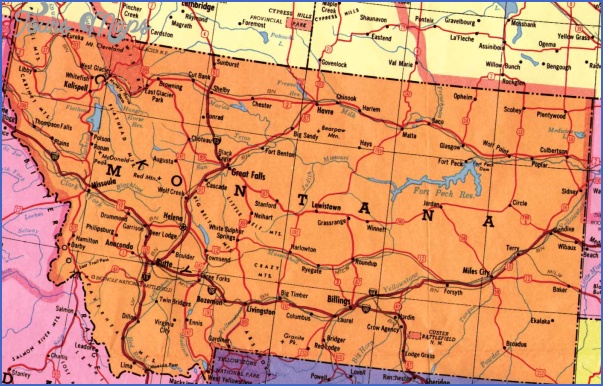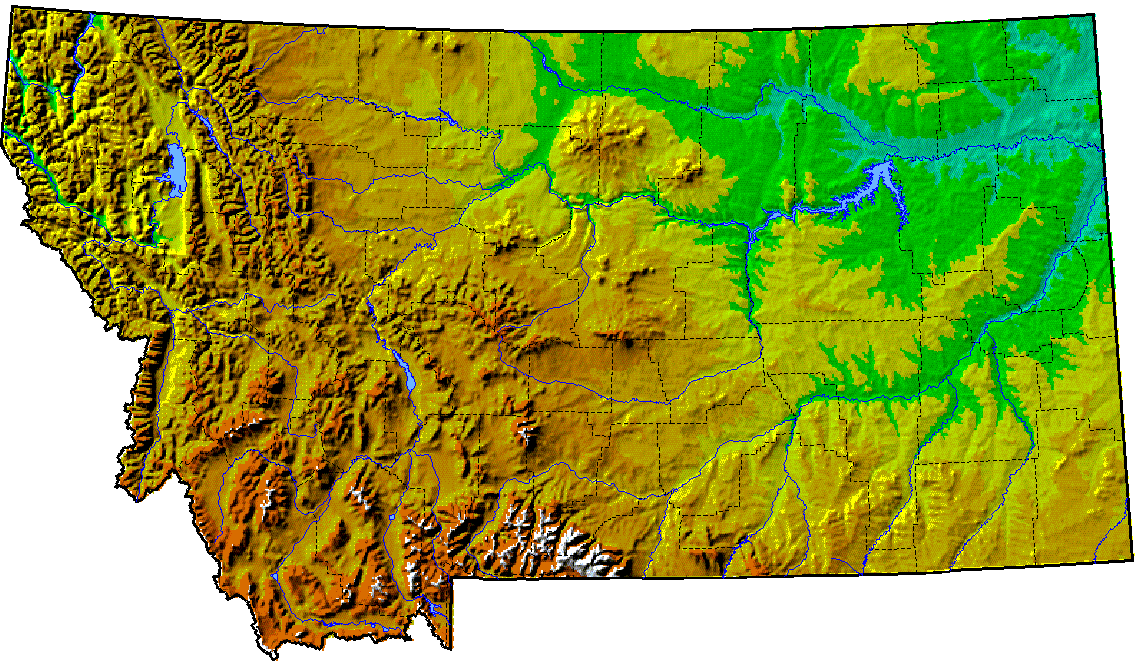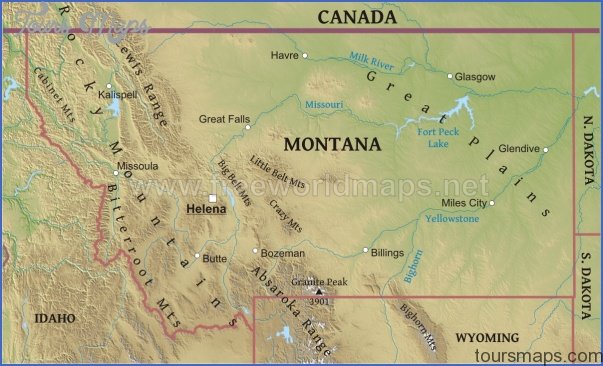A Montana Primer History, Geography, and Driving
In our ethnocentric world, the calendar shows Montana’s birth date as November 8, 1889, when
after 25 years as a territory the state was welcomed into the union by proclamation of President Benjamin Harrison. The truth, of course, is that the scenic, cultural, and spiritual wonders of Montana really began to take shape about 100 million years ago, when the Rocky Mountains were born and converted what had been shallow seas, swamps, and plains into the dramatic geography we see today.
Anyone familiar with the fiery turbulence that lurks just beneath the earth’s surface at Yellowstone National Park understands the violent genesis of the region. The Yellowstone supervolcano has experienced major eruptions three times in the past 2.2 million years the last about 700,000 years ago. They were the most dramatic forces during a period in which molten rock pushed upward in what is now western Montana, creating the mountain ranges for which the state is named and famed. The mountains’ mostly north-south orientation can be attributed to tectonic plates grinding, folding, and thrusting from the west, pinching the land so that it was forced upward rapidly along faults. Over time, wind, rain, snow, and ice have eroded the mountains and carved deep river valleys.
The first significant life forms were the dinosaurs that roamed the swamps and plains about 150 million years ago, before the Rockies were formed. Fossilized bones and eggs have been found everywhere east of the mountains, from Choteau on the Rocky Mountain Front to the small canyons and plains of eastern Montana. To paleontologists, Montana is a geological treasure trove, and the distant presence of dinosaurs has created a bounty reflected in museums across the state. Energy companies also covet the dinosaur legacy. Oil, gas, and coal are abundant beneath the surface where the mountains meet the plains, and the countryside is sprinkled with oil and gas wells all the way to the Bakken Formation under eastern Montana and western North Dakota.
As far as historians can tell, the first humans came to present-day Montana from what is now Russia during the last Ice Age, which ended approximately 11,000 years ago. They hunted the woolly mammoth and avoided the saber-toothed cat for several thousand years after the glaciers retreated, eventually dispersing when the land became too arid to provide enough game for subsistence. Shortly after, another group of tribes arrived, this time from the west and south. They, too, eventually disappeared, leaving a human void that wasn’t filled until about 1,000 years ago.
Montana Map Photo Gallery
Maybe You Like Them Too
- The Best Cities To Visit in The World
- World’s 10 Best Places To Visit
- Coolest Countries in the World to Visit
- Travel to Santorini, Greece
- Map of Barbados – Holiday in Barbados

